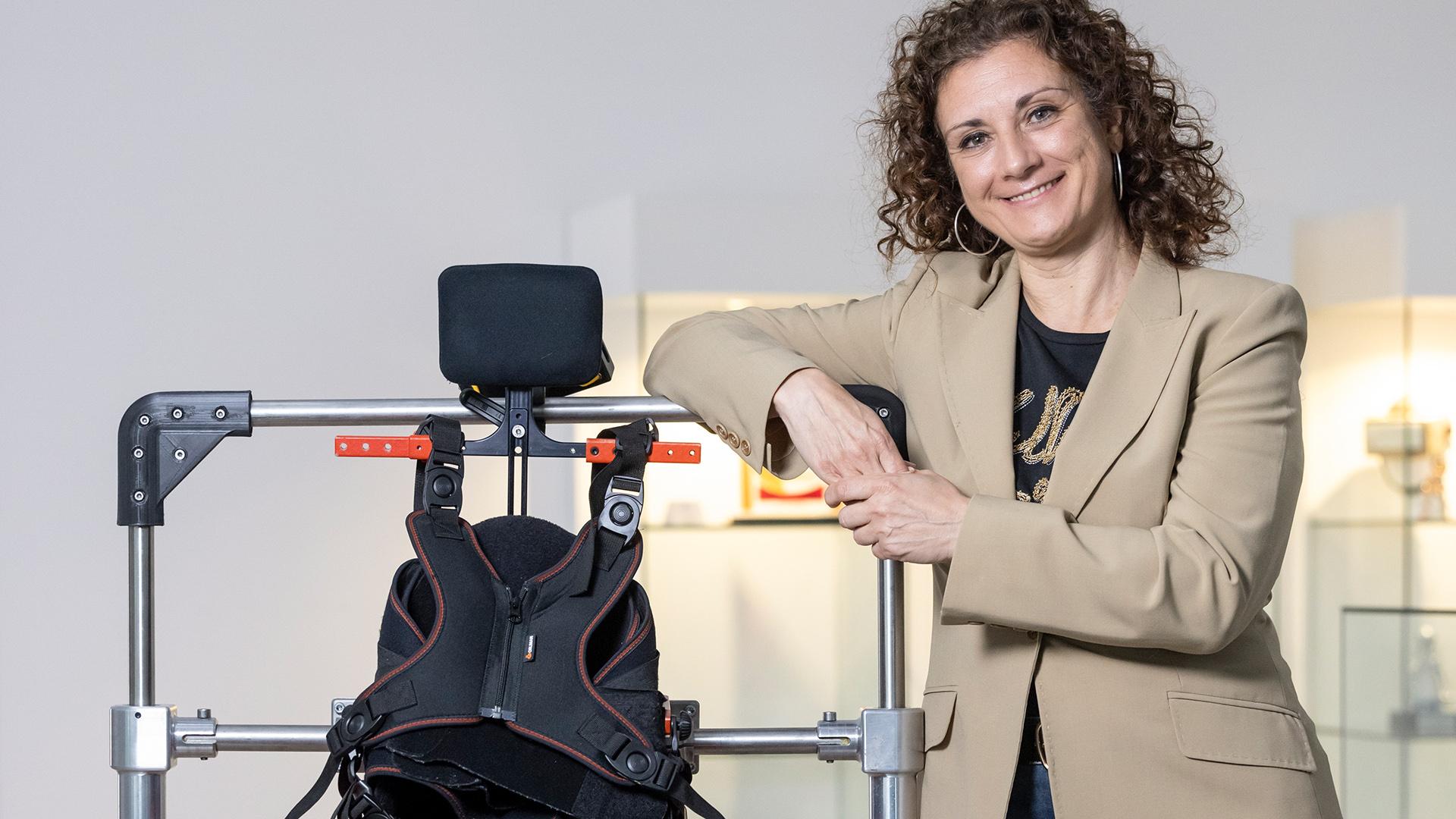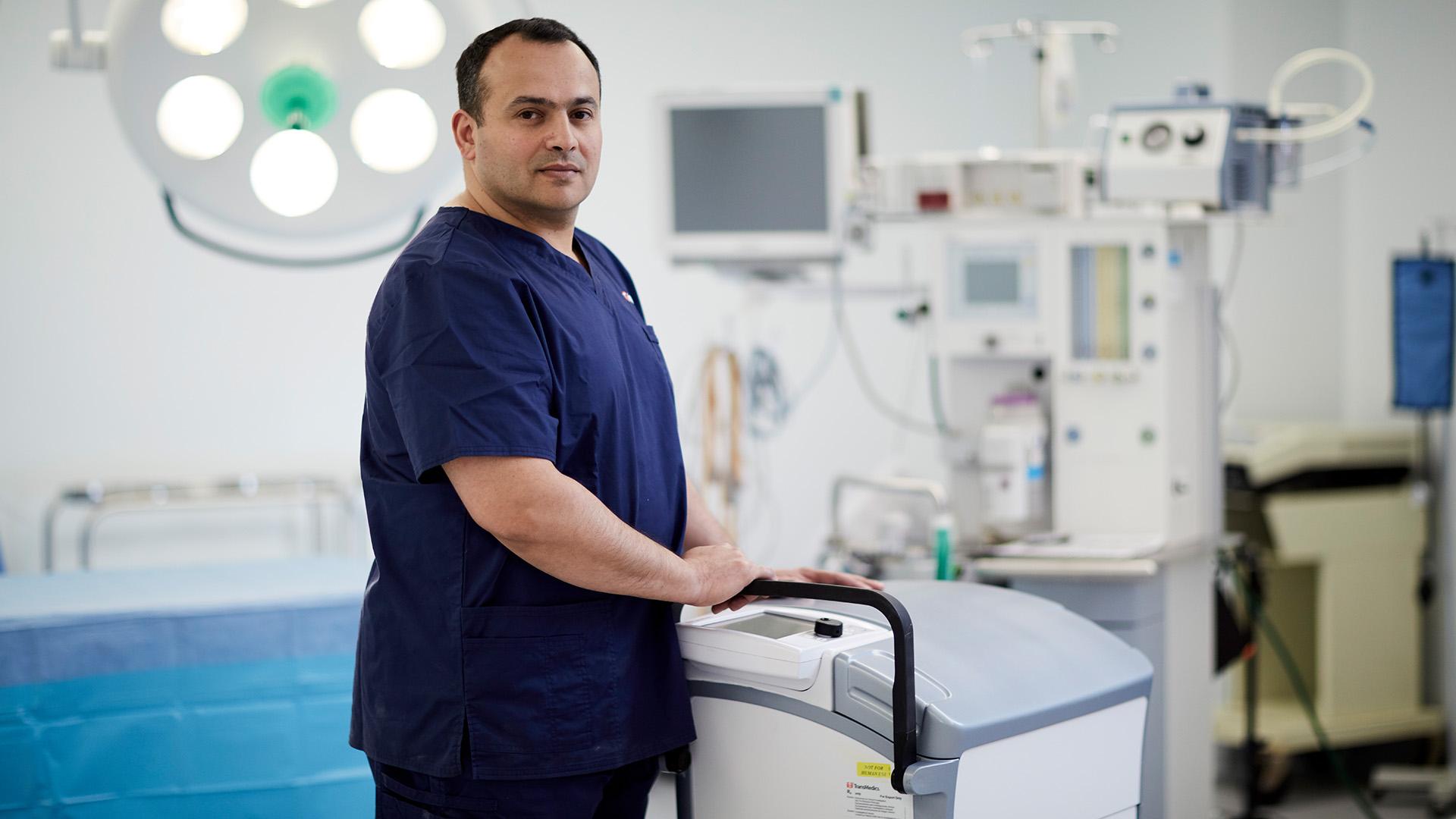Your business and patents
Patents are granted for technical inventions that are new, not obvious and useful in some practical sense. But before applying for a patent, you’ll need to ask yourself: Does the market want your invention? How is it better than the alternatives already available? Are you solving an important problem and does your solution have many potential customers? What would they be willing to pay? How easily could they engineer around your solution?

Before putting a patent in your business plan, consider the potential demand for your invention, and how uniquely it satisfies a need. Before you apply, conduct detailed market research that includes a search in patent databases to understand which technical solutions have already been developed, who might already have patents you should license or avoid, and who might have complementary technology.
Costs
You may be wondering how much a patent application would cost you. But perhaps you should be considering how much your future patent – if granted – would be worth to your business, in terms of licensing revenue or exclusive market share.
One way to substantially reduce your patenting costs is to use the international patent application route under the Patent Cooperation Treaty. With a single application you can keep your options open in almost every country in the world for two and a half years. This should be enough time to determine where you expect high demand for your invention and raise funds for costs such as translations of your application. When filing at the European Patent Office, you only need to pay some of these transaction costs (for translation and national validation) even later, once your patent application has been granted (for example 3-5 years from filing).
In addition, the new Unitary Patent will dramatically reduce translation costs, and other overheads. A Unitary Patent will give you patent protection in 17 European countries (with potentially more in future) for a fee roughly the same as what it usually costs to get protection separately in just four of them.
Where do you need protection?
Give plenty of thought to where you might need patent protection. Your own country might not be your most important market. Where will you want to manufacture your invention or use it? Where are your most likely customers? Which markets might matter most to your potential licensees? Crucially, where might unauthorised copies most likely originate? You may need a patent there too.

Keep it confidential
When setting up a team or using contractors e.g. to conduct tests or make prototypes, be sure that everything they do is kept secret and/or covered by confidentiality agreements. This way your breakthrough will still qualify for patent protection. Before work begins, be sure that the ownership of any patents or other intellectual property arising from these joint efforts has also been covered by contracts. For example, if the engineers running tests solve problems along the way and improve your invention, they might qualify as co-inventors, so this needs to be covered by your agreements.
Deep Tech Finder
Our latest tool is our Deep Tech Finder. It blends data from Dealroom on thousands of startups seeking funding with the information on their respective patent portfolios as visible in the EPO’s public patent databases. Now, just by browsing a map, it is easy to find dynamic deep tech companies active in selected digital or clean energy technologies anywhere in Europe, and also to check what funding they already have as well as the status of their patent application(s). See our demonstration video (08:30 mins)
Looking for more inspiration?
The EPO publishes case studies about real companies that use patents in their business strategy to grow, attract investment and bring new inventions to market. We also promote the pioneering inventors who are finalists for our annual European Inventor Award, telling their amazing stories through videos, podcasts, web profiles and extensive media coverage. Take a look and be inspired!